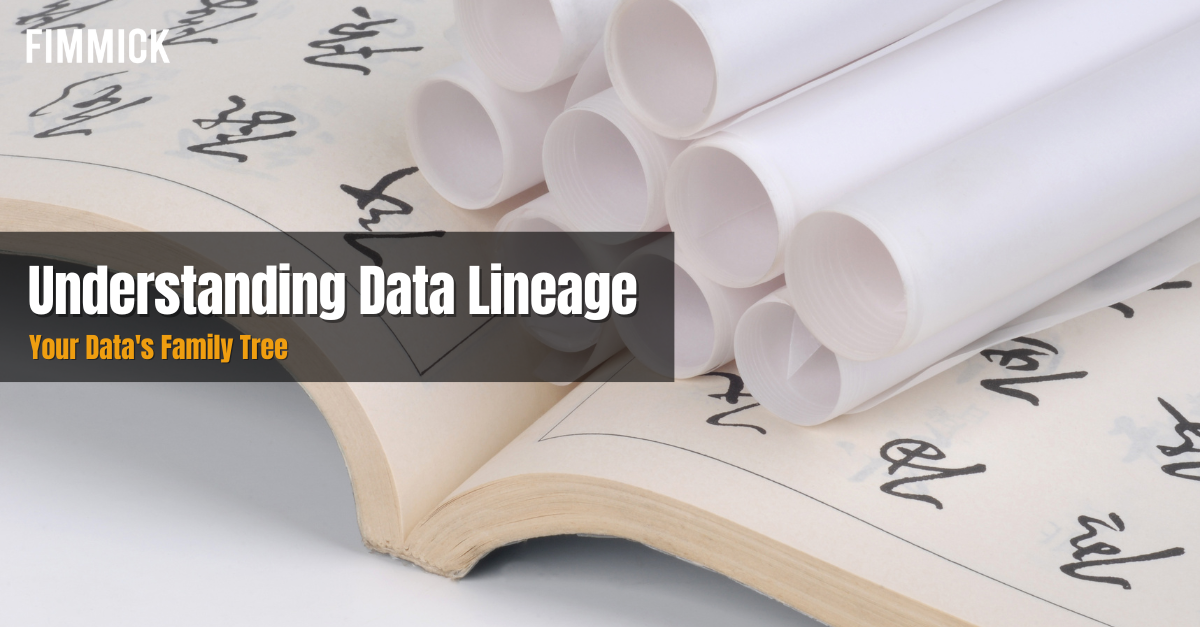Data: Understanding Data Lineage – Your Data’s Family Tree
Reading Time: 5 min
Multi-channel marketing generates a flood of data every day, from ad performance to customer behaviour. But without proper management, this data becomes a chaotic mess, making it nearly impossible to identify the source of problems and prevent them from happening again. The solution? Data lineage provides the crucial navigation tool needed to avoid pitfalls, optimise performance, and steer your marketing efforts towards success.
What is Data Lineage?
Data lineage is the process of tracing the origins, movements, and transformations of data throughout its lifecycle. Think of it as a detailed history or “family tree” of your data. It documents where data comes from, what happens to it, and where it goes. Data lineage allows businesses and organisations to gain a clear understanding of data’s modification history, enhancing transparency and traceability.
While similar to data provenance, data lineage encompasses a broader scope. Data provenance primarily focuses on data origins, whereas data lineage tracks the entire data lifecycle. Both concepts are crucial for effective data management, enabling data engineers to comprehend data sources, modification history, and other critical aspects of data’s journey.
Further Reading: Guide to AI Reporting
Vertical Lineage and Horizontal Lineage
Data lineage is primarily represented in two forms – vertical lineage and horizontal lineage. They represent different perspectives on how data moves and transforms within a system.
Vertical Lineage
Vertical lineage focuses on the depth of the data’s journey within a single system or process. It traces the data’s transformations step-by-step, showing how it’s modified at each stage of a specific process or pipeline, enabling organisations to understand the internal logic of data, and ensuring transparency and traceability.
Horizontal Lineage
Horizontal lineage focuses on the breadth of the data’s journey across multiple systems. It shows how data flows between different systems and applications, such as during ETL (Extract, Transform, Load) processes, highlighting the relationships and dependencies between them. This helps companies understand how data is shared and utilised across various departments, ensuring data consistency, fostering interdepartmental collaboration, and ultimately enhancing overall business efficiency.
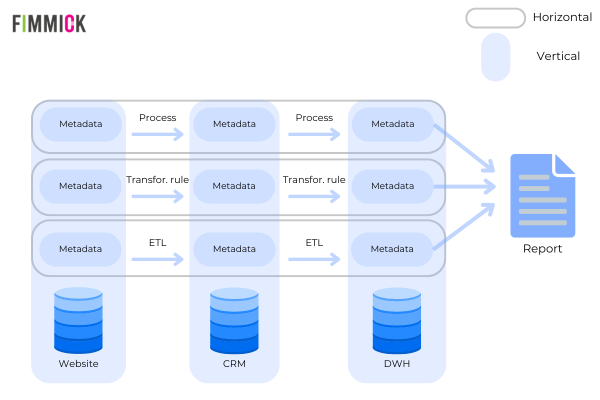
Further Reading: Identity Sitching
Why is Data Lineage So Important?
Compliance with Data Protection Regulations
In today’s increasingly regulated data landscape, compliance with stringent data privacy laws like GDPR is paramount. Data lineage provides the transparency and traceability necessary to demonstrate responsible data handling practices, protecting sensitive information and mitigating the risk of non-compliance.
Further Reading: Google Consent Mode
Driving Informed Business Decisions
Data-driven decision-making is essential for modern businesses. However, the accuracy and reliability of data are fundamental to achieving meaningful insights. Data lineage enables organisations to verify data integrity by tracing its origins and transformations, ensuring decisions are based on trustworthy information.
Optimising Operational Efficiency
Data lineage streamlines data management by identifying and eliminating data redundancies and inconsistencies. This simplification reduces storage costs, improves data quality, and enhances the efficiency of data-driven processes. Furthermore, it facilitates the seamless integration of new data sources, enabling organisations to adapt and scale effectively.
Further Reading: Data Warehouse vs Data Lake vs Data Lakehouse
Minimising IT Disruption and Costs
Changes to systems and processes can have cascading effects on data infrastructure. Data lineage provides a clear understanding of these dependencies, enabling proactive impact analysis and mitigation. This foresight minimises disruption, reduces downtime, and optimises IT resource allocation.
Unify Your Customer Data with FIMMICK CDP
FIMMICK CDP helps you break down data silos and achieve a unified view of your customers. By automatically integrating data from websites, CRMs, email, SMS, chat applications, and mobile apps, FIMMICK CDP enables a comprehensive understanding of customer behaviour. Contact us to learn more!
- Build a Single Source of Truth: Eliminate data silos and create a centralised repository of first-party customer data.
- Create a 360-degree Customer View: Unified data allows you to gain a holistic understanding of your customers, enabling personalised experiences and targeted campaigns.
- Unlock Data-Driven Insights: Extract actionable insights from your customer data to inform marketing decisions, optimise ad spend, and drive business growth.
- Automate Customer Journeys: Improve operational efficiency and deliver personalised customer experiences through automated lifecycle marketing campaigns.
- Reduce Churn: Proactively identify at-risk customers and implement targeted retention strategies based on real-time behavioural insights.
- Ensure Data Security and Compliance: Manage and protect your valuable customer data with robust security measures and adherence to data privacy regulations.
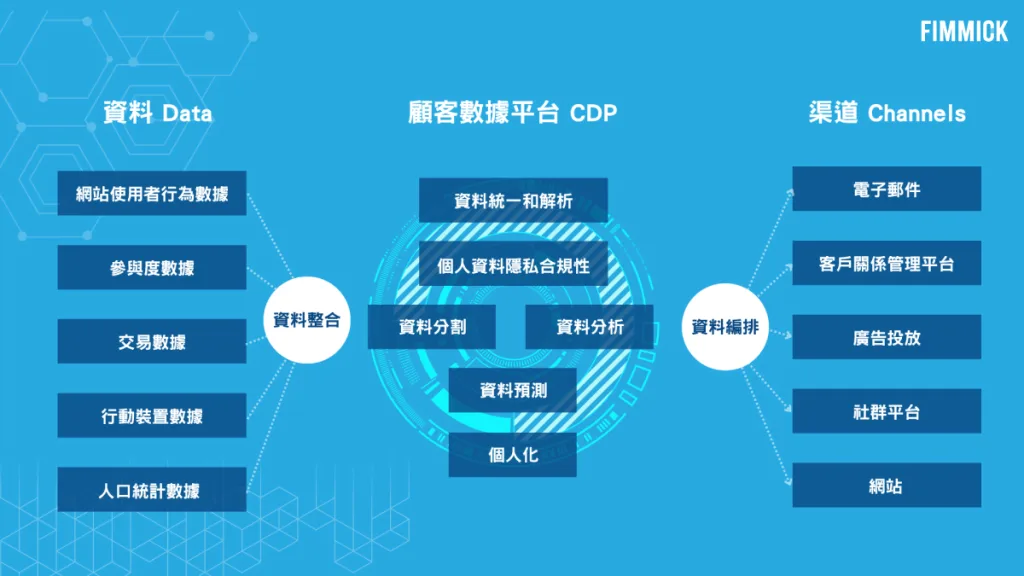
Conclusion
As data volumes continue to grow and data regulations become increasingly complex, the importance of data lineage will only amplify. Organisations that prioritise data lineage will be best positioned to navigate the challenges and capitalise on the opportunities of the data-driven future. Invest in data lineage now and lay the foundation for long-term success.
Ready to take your business to the next level? Join us on Facebook and Instagram for more insights and tips on digital marketing, AI, MarTech and data. If you are interested in our services, please contact us!
Related Solutions
Related Articles
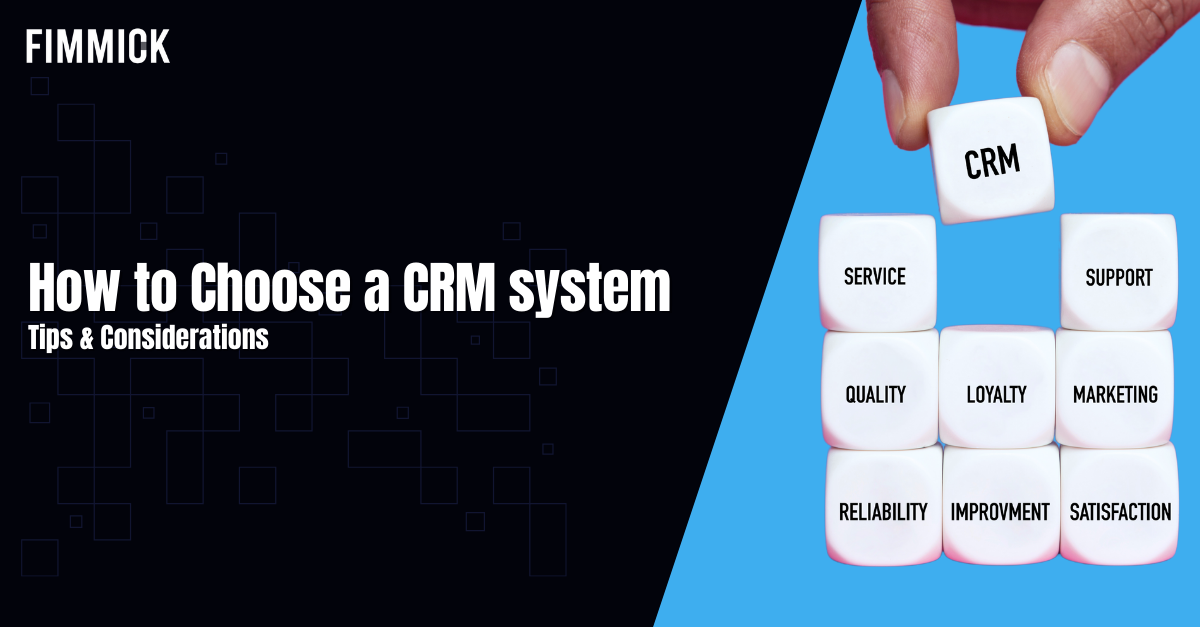
CRM: How to Choose a CRM system – Tips & Considerations
Unlock the power of CRM with this comprehensive guide to choosing the right system. Learn about the different types of CRM, key features.
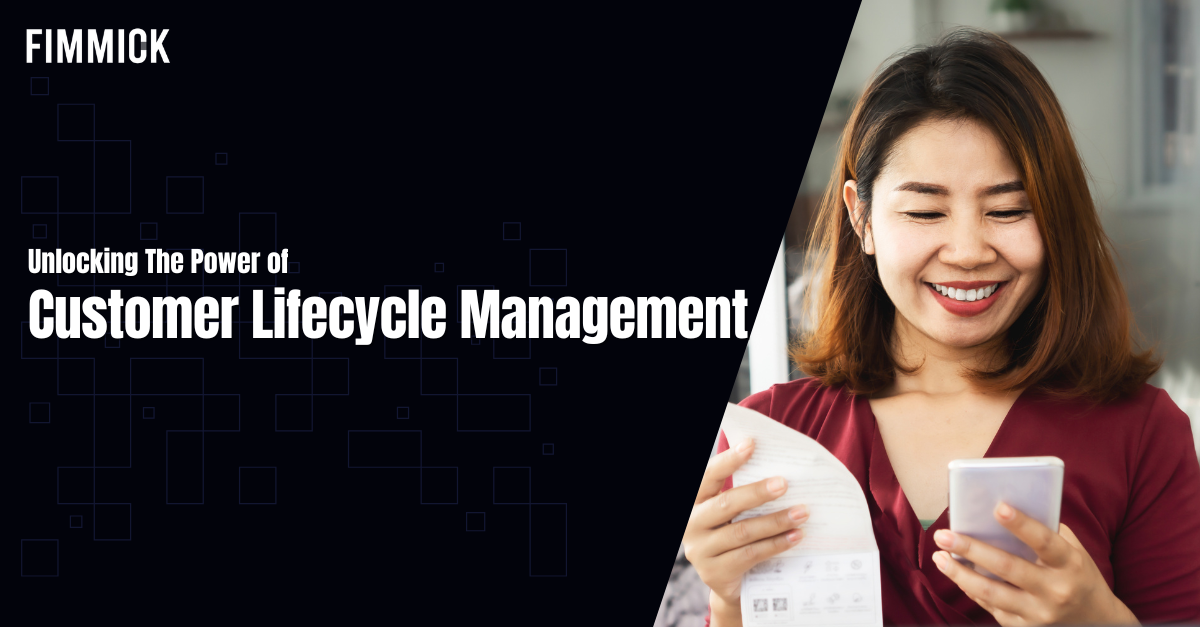
CRM: Unlocking The Power of Customer Lifecycle Management
In this article, we’ll explore Customer Lifecycle Management (CLM) strategies to transform one-time purchases into lasting customer loyalty and brand advocacy.

Ecommerce: 6 Critical Things Ecommerce Startups Often Miss
Launching an online business is exciting, but many startups stumble over critical early steps. Let’s explore the 6 items startups often miss.









